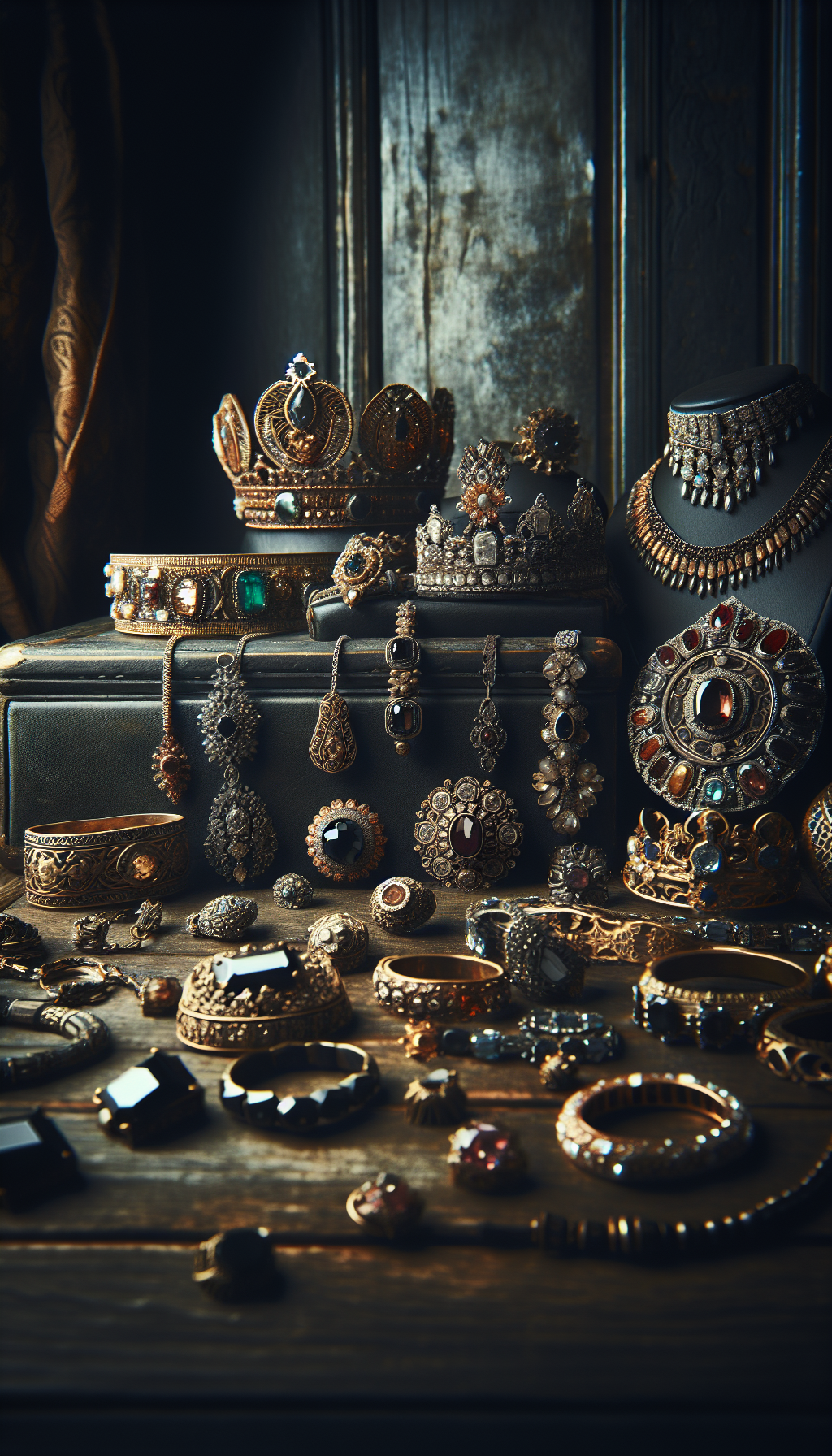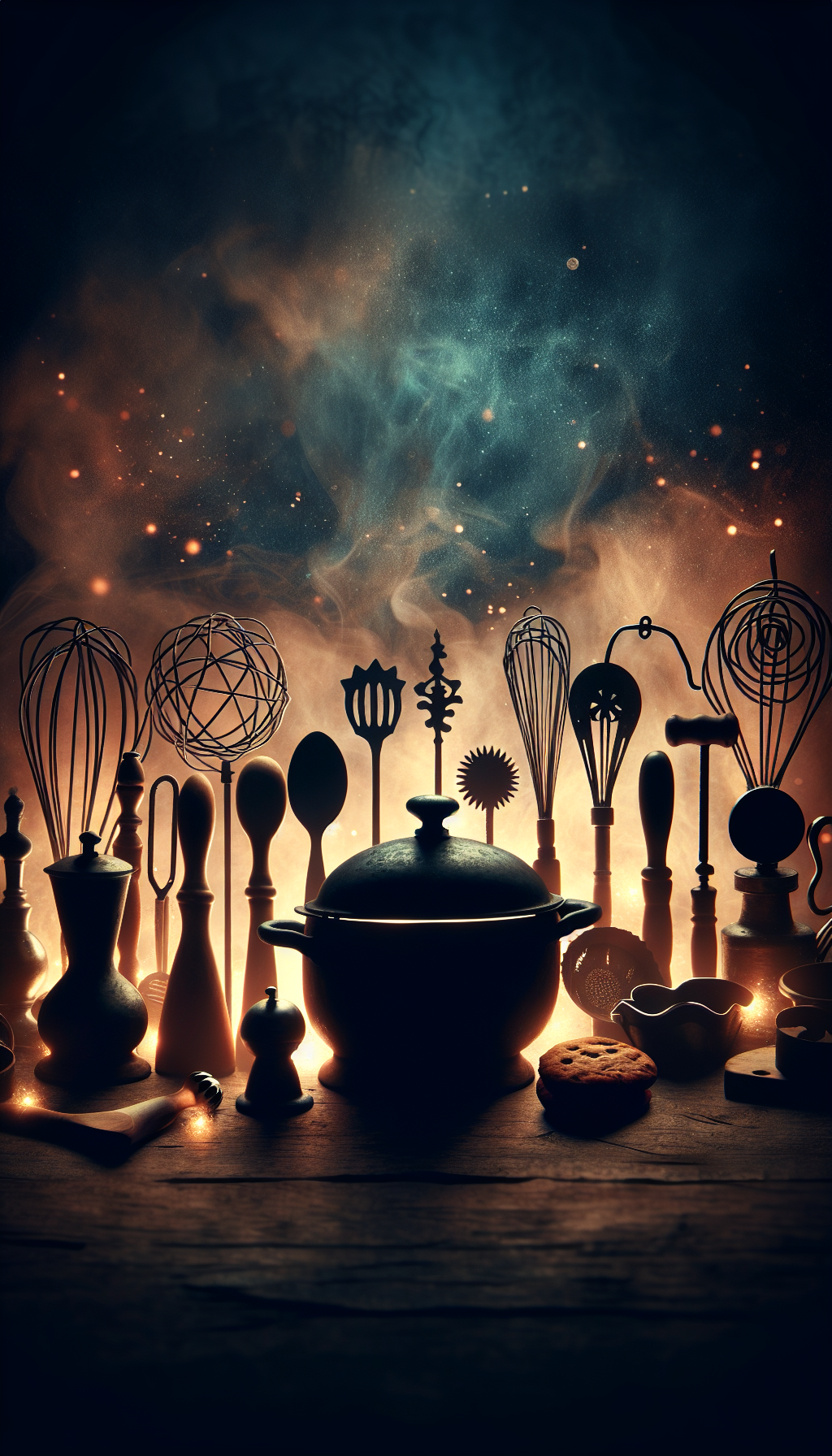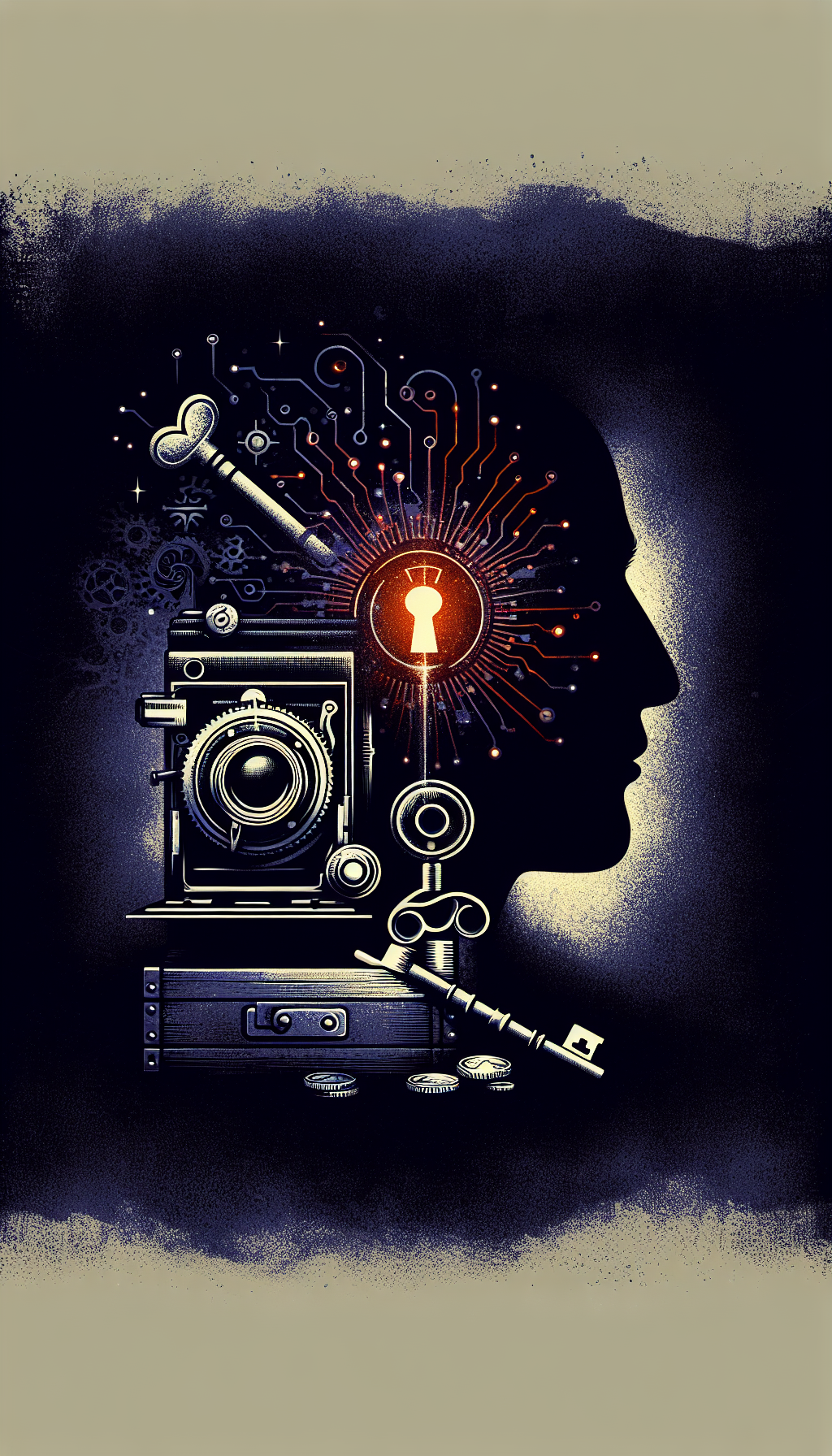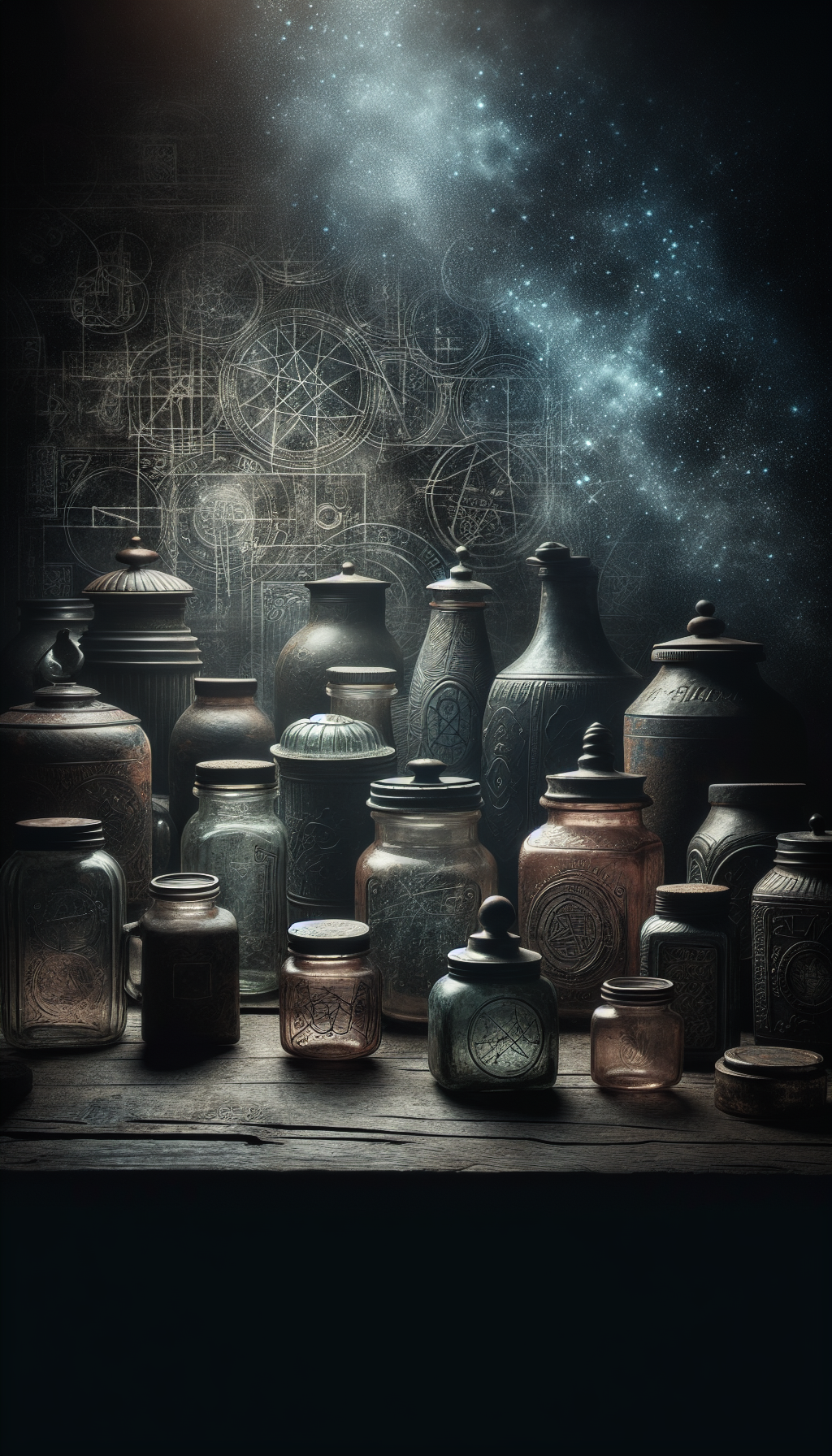Antique bottles are among the most fascinating collectibles, offering a tangible connection to our past through everyday objects that survived decades or even centuries. Whether you’ve discovered an old bottle while digging in your backyard, inherited a collection, or are just beginning your journey into bottle collecting, proper identification is crucial to understanding its history and value.
In this comprehensive guide, we’ll explore the key elements of antique bottle identification, from manufacturing techniques and maker’s marks to shapes, colors, and dating methods. By understanding these elements, you’ll be better equipped to identify, categorize, and value your antique bottle finds.
Table of Contents
- The Basics of Antique Bottle Identification
- Manufacturing Techniques and Age Indicators
- Bottle Shapes and Their Historical Uses
- Decoding Maker’s Marks and Embossing
- Color as an Identification Tool
- Condition Assessment Guidelines
- Valuation Factors and Price Ranges
- Resources for Further Research
- Frequently Asked Questions
The Basics of Antique Bottle Identification
Antique bottles are generally considered to be those manufactured before the 1920s, while bottles from the 1920s to the 1960s are often classified as “vintage.” This distinction is important because earlier bottles were typically handmade, exhibiting characteristics that help with identification and dating.
The four primary characteristics you should examine when identifying an antique bottle are:
Key Identification Factors
- Manufacturing method: How the bottle was made (hand-blown, mold-blown, machine-made)
- Physical characteristics: Shape, size, color, and unique features
- Markings: Embossing, maker’s marks, symbols, or labels
- Historical context: Understanding the bottle’s original purpose and time period
Manufacturing Techniques and Age Indicators
Evolution of Bottle Manufacturing
- Pre-1860s
Free-Blown (Mouth-Blown) Bottles
Before 1860, most bottles were "free-blown" by glassblowers without the use of molds. These bottles are typically asymmetrical with pontil marks on the base. - 1810-1910
Mold-Blown Bottles
Bottles blown into a mold became popular after 1810. These have more consistent shapes and often feature embossing. Mold seams are visible on the bottle's sides. - 1880-1920
Semi-Automatic Production
Semi-automatic machines created bottles with visible seams extending up to (but not through) the lip, as lips were still applied by hand. - Post-1904
Fully Automatic Machines
After the introduction of the Owens Automatic Bottle Machine in 1904, bottles were entirely machine-made with mold seams running through the top of the lip.
Key Age Indicators to Look For
Pontil Marks: One of the most definitive signs of an early handmade bottle is a pontil mark on the base. A pontil is an iron rod used to hold the bottle during manufacturing. When the bottle was completed, the pontil was snapped off, leaving a distinctive scar on the base. Pontil marks are typically found on bottles made before 1860.
Mold Seams: The height to which mold seams extend on a bottle can help determine its age:
- Seams stopping below the lip: 1860-1880
- Seams extending through the neck but not the lip: 1880-1920
- Seams running through the entire lip: After 1920 (machine-made)
Lips/Finishes: The finish (top portion) of a bottle can also indicate age:
- Applied lips (added separately to the bottle): Pre-1890s
- Tooled lips (molded then fire-polished): 1870s-1920s
- Machine-made lips (seamless part of the bottle): Post-1904
Bottle Shapes and Their Historical Uses
Understanding these shape-to-function relationships can help narrow down the type and approximate age of your bottle. The Society for Historical Archaeology provides an excellent resource for identifying bottle types based on shapes.
Common Antique Bottle Categories by Shape
Bottle Shapes and Uses
Common antique bottle categories and their typical uses
</tbody>
</table>
Some particularly distinctive shapes include:
- Cathedral or Gothic bottles: Featuring decorative panels resembling church windows, commonly used for pickles and sauces (1840s-1880s)
- Figural bottles: Shaped like people, animals, or objects (common in the late 19th century)
- Calabash or “clock face” flasks: Rounded with a flattened front panel, popular for whiskey (1840s-1870s)
- Coffin-shaped poison bottles: Distinctive shape with textured patterns to identify dangerous contents by touch in dark medicine cabinets

Decoding Maker's Marks and Embossing
Maker’s marks are typically found on the bottom of a bottle, while product information is usually embossed on the sides. Understanding these markings can significantly narrow down the age and origin of your bottle.
Common Types of Bottle Markings
- Manufacturer’s marks: Symbols, initials, or logos of the glass company that made the bottle
- Content or brand information: Product name, ingredients, or company that sold the contents
- Place of origin: City or country where the bottle was made or where the contents were produced
- Patent dates: “Pat.” or “Patent” followed by a date (indicates when the bottle design was patented, not necessarily when the bottle was made)
- Capacity markings: Volume indicators like “FULL QUART” or metric measurements
Researching Maker’s Marks
To identify maker’s marks, you’ll need specialized reference materials. Some excellent resources include:
- The “Bottle Makers and Their Marks” book by Julian Harrison Toulouse
- The Society for Historical Archaeology’s historic bottle website
- Online databases like GLASS BOTTLE MARKS
Remember that many glass manufacturers used similar or identical marks at different time periods, so context and other physical characteristics are important in making a final determination.
Maker's Mark Identification Checklist
Use this checklist to help identify the source of your bottle's markings
- Check the bottom of the bottle for initials, symbols, or numbers
- Look for embossing on all sides of the bottle
- Note any city/state names which may indicate origin
- Record any patent dates or numbers
- Identify any product names or company information
- Check for volume or measurement markings
- Compare symbols to known maker's mark databases
Color as an Identification Tool
Glass naturally has a greenish tint due to iron impurities in the sand used to make it. Glassmakers added various minerals to alter this color for different purposes or to create a clearer product.
Significance of Common Bottle Colors
- Aqua/Light Blue-Green: The natural color of glass with iron impurities. Common before 1920 for many bottle types.
- Amber/Brown: Used extensively for beer, spirits, and medicine to protect contents from light damage.
- Cobalt Blue: Often used for poison, medicine, and cosmetic bottles; less common and therefore more valuable.
- Black Glass (Very Dark Olive Green): Common for alcoholic beverages, especially in 18th and early 19th centuries.
- Purple/Amethyst: Originally clear glass with manganese dioxide added as a decolorizer. Exposure to sunlight turns these bottles purple. Common from the 1880s to 1916.
- Milk Glass: Opaque white glass used for cosmetics and ointments, especially in the late 19th and early 20th centuries.
- Clear/Colorless: Became widespread after the 1920s with improved glass clarification technology.
Color Dating Clues
- Selenium-clarified glass (1915-1930s): Turns pale straw or amber when exposed to sunlight
- Manganese-clarified glass (1880s-1916): Turns purple when exposed to sunlight
- Lime-green glass: Common during 1910s-1920s

Condition Assessment Guidelines
Antique Bottle Condition Assessment
Use this checklist to evaluate the condition of your antique bottle
- No chips, cracks, or significant damage
- Original color without excessive staining
- Clear, readable embossing (if present)
- Complete, undamaged lip/finish
- No excessive wear to base or body
- Original closure present (rare but valuable)
- Original label intact (if applicable)
- Original contents (extremely rare)
Common Condition Issues
- Staining: Mineral deposits from burial or long-term storage
- Scratches: Surface abrasions from handling or cleaning
- Chips and cracks: Damage to vulnerable areas like the lip or base
- Case wear: Friction damage from bottles rubbing against each other
- Sick glass: Cloudiness or iridescence caused by chemical reaction with soil components
Cleaning Recommendations
Improper cleaning can significantly damage antique bottles and reduce their value. Follow these guidelines:
- Avoid abrasive cleaners or tools that can scratch the glass
- Start with plain water and mild soap if necessary
- For stubborn deposits, try soaking in a solution of distilled water and a small amount of vinegar
- Commercial glass cleaners should generally be avoided
- Never use wire brushes, steel wool, or other abrasive tools
- Professional conservation is recommended for valuable specimens
Valuation Factors and Price Ranges
Primary Value Factors
- Rarity: Uncommon bottles command higher prices, especially those with limited production runs or from manufacturers that operated for short periods.
- Age: Generally, older bottles (pre-1880) are more valuable than newer ones.
- Historical significance: Bottles associated with significant events, people, or places.
- Aesthetic appeal: Unusual colors, elaborate embossing, or attractive designs.
- Condition: Mint condition bottles can be worth several times more than damaged examples.
- Collector demand: Popularity among collectors in specific categories (like whiskey flasks or bitters bottles).
Antique Bottle Value Ranges
General price ranges for common categories (as of 2023)
| Category | Price | Notes |
|---|---|---|
| Flask Bottles | Whiskey and spirits | Wide variety of decorative designs including eagle, sunburst, and historical motifs |
| Pontiled Medicine Bottles | Patent medicines and pharmaceutical products | Often rectangular or oval with embossed text listing ingredients or claims |
| Bitters Bottles | Herbal alcohol tonics | Distinctive shapes including barrel, cabin, and figural designs |
| Soda & Mineral Water | Carbonated beverages | Rounded bottom or "blob top" designs to prevent bottles from standing upright |
| Food Bottles | Condiments, pickles, sauces | Wide range of shapes specific to contents; cathedral pickle bottles are notable |
| Ink Bottles | Writing ink | Small, often with wide bases for stability; umbrella, cone, or figural shapes |
</tbody>
</table>
Particularly Valuable Categories
Some of the most valuable antique bottles include:
- Historical flasks with presidential portraits or important symbols (1820-1860)
- Figural bitters bottles shaped like cabins, barrels, or other objects (1850-1900)
- Early colored pontiled medicines (pre-1870)
- Rare western whiskeys (1870-1900)
- Early blown bottles with applied seals (pre-1850)
Notable Antique Bottle Auction Results
Recent significant sales of rare bottles
| Category | Price | Notes |
|---|---|---|
| Early American Flasks (1815-1870) | $200 - $20,000+ | Historical flasks with presidential portraits or patriotic designs command highest prices |
| Bitters Bottles (1850-1900) | $100 - $10,000+ | Figural designs like cabins or barrels often most valuable |
| Poison Bottles (1870-1920) | $50 - $3,000 | Unusual colors and shapes bring premium prices |
| Blob-Top Sodas (1840-1890) | $50 - $2,000 | Rare colors and local brands most desirable |
| Medicine Bottles (1840-1900) | $20 - $5,000 | Pontiled examples and those with graphic embossing most valuable |
| Milk Bottles (1880-1950) | $10 - $200 | Local dairies and pictorial examples command higher prices |
</tbody>
</table>
Resources for Further Research
Essential Antique Bottle Identification Resources
Society for Historical Archaeology Bottle Website
Comprehensive guide to bottle typing, dating, and identification with extensive photographs and technical information.
GLASS BOTTLE MARKS
Extensive database of glass manufacturer marks with historical information about glass companies.
Antique Bottles, Glass, Jars Online Community
Active forum where collectors and experts discuss bottle identification and valuation.
Reddit's r/AntiqueBottles
Subreddit dedicated to antique bottle collecting with helpful identification assistance.
Historic Bottle Typing/Shapes Page
Detailed guide to identifying bottles based on their shapes and intended uses.
Bottle Makers' Marks Page
Comprehensive resource for identifying manufacturer marks on bottle bases.
Antique Trader Bottles Price Guide
Full-color reference with over 5,000 bottle listings and current market values.
International Sea Glass Association - Antique Bottles
Helpful for identifying sea glass fragments and their origins in antique bottles.
Bottle Collecting Clubs and Organizations
Joining a bottle collecting club can provide valuable networking opportunities and access to specialized knowledge:
- Federation of Historical Bottle Collectors
- Antique Bottle Collectors Association
- Regional bottle collector clubs (often organize annual shows and sales)
Authentication Services
For particularly valuable bottles, professional authentication may be worthwhile:
- American Bottle Auction appraisal services
- Antique bottle specialists at major auction houses
Common Questions About Antique Bottle Identification
How can you tell if a bottle is valuable?
To determine if a bottle is valuable, examine these key factors:
- Age: Generally, bottles made before 1900 are more valuable, especially those made before 1860
- Rarity: Limited production bottles, those from short-lived companies, or unusual designs
- Condition: Mint condition bottles with no chips, cracks, or staining
- Color: Unusual or rare colors like cobalt blue, amber, or true red
- Historical significance: Bottles tied to notable events, people, or places
- Embossing: Distinctive or elaborate raised lettering or designs
- Manufacturing features: Pontil marks, applied lips, and other handmade characteristics
For the most accurate valuation, consult specialized reference books, online price guides, or get an appraisal from a bottle collecting expert.
How can you tell what year a bottle is?
Dating an antique bottle involves examining several manufacturing characteristics:
- Pontil mark: A rough or smooth scar on the bottle base indicates production before 1860
- Mold seams: The height of seams on the bottle can indicate age:
- Seams stopping below the lip: 1860-1880
- Seams extending through the neck but not the lip: 1880-1920
- Seams running through the entire lip: After 1920 (machine-made)
- Maker’s marks: Manufacturer symbols on the bottle base can often be researched
- Patent dates: Sometimes embossed on bottles (indicates earliest possible date)
- Base markings: Numbers or symbols can indicate manufacture date
- Glass color: Some colors were only used in specific time periods (e.g., manganese-clarified purple glass: 1880-1916)
- Bottle shape: Certain designs were only produced during specific eras
Many bottle manufacturers also molded the year into the glass at the bottom of the bottle in 2-digit format, often found in the lower right portion when looking at the bottom.
What old bottles are worth the most money?
The most valuable antique bottles typically include:
- Historical flasks with presidential portraits or important symbols (1820-1860): $5,000-$50,000+
- Rare colored bitters bottles, especially figural designs like cabins or barrels (1850-1900): $2,000-$20,000+
- Early blown bottles with applied seals (pre-1850): $1,000-$15,000+
- Western whiskey bottles, especially those from California and Nevada (1870-1900): $1,000-$10,000+
- Pontiled medicines in rare colors (pre-1870): $500-$8,000+
- Colored umbrella inks (1840-1890): $300-$5,000+
- Rare soda and mineral water bottles from early American glass works: $200-$4,000+
Some specific examples of record-breaking bottles include:
- General Jackson/Eagle Historical Flask: $176,670
- Lafayette/DeWitt Clinton Portrait Flask: $152,750
- Washington/Eagle Portrait Flask: $100,620
- Old Sachem Bitters and Wigwam Tonic: $64,350
Condition, color, rarity, and historical significance all contribute to these premium prices.
What is the best way to clean antique bottles without damaging them?
Cleaning antique bottles requires gentle methods to avoid damage:For light cleaning:
- Use lukewarm water and a soft bottle brush
- Never use hot water, which can cause thermal shock and cracking
- Avoid dish soap if possible, as it can leave residue
For mineral deposits:
- Soak in a solution of distilled water with a small amount of vinegar (no more than 25% vinegar)
- For stubborn deposits, try denture cleaning tablets
- Never leave bottles soaking for more than 24 hours
What to avoid:
- Abrasive tools like steel wool or wire brushes
- Chemical cleaners like CLR or other commercial products
- Ultrasonic cleaners, which can damage delicate glass
- Dishwashers, which use harsh detergents and high heat
Remember that some "dirt" may actually be desirable patina that collectors value. When in doubt, it’s better to under-clean than to damage a bottle with aggressive methods.
Is there an app that can identify antique bottles?
While there isn't a dedicated app solely for antique bottle identification that's widely recognized as comprehensive, several general antique identification apps can be helpful:
Google Lens: Take a picture of your bottle, and Google Lens will search for similar images online. This can be surprisingly effective for common bottles.
iCollect Bottles & Cans: While focused more on tracking collections, it has some identification features for certain bottle types.
Collector’s Helper: A general antique identification app that can assist with some bottle types.
WorthPoint: Not specifically for bottles, but their database includes many antique bottle sales with images for comparison.
For the most accurate identification, bottle collectors still rely on:
- Reference books like "Antique Trader Bottles Identification & Price Guide"
- Online resources like the SHA.org Bottle Identification website
- Bottle collecting forums where experts can view your photos
- Local bottle club meetings where experienced collectors can examine pieces in person
The complexity of bottle manufacturing techniques, regional variations, and subtle details makes comprehensive AI identification challenging, though technology is improving rapidly.
Conclusion
Antique bottle identification combines elements of history, technology, art, and archaeology. By examining manufacturing techniques, physical characteristics, markings, and historical context, you can uncover the story behind your bottle finds and determine their approximate age and value.
Remember that bottle collecting is as much about preserving history as it is about building a collection. Each bottle represents a tangible link to our past, from medical practices and food preservation to social habits and industrial development.
Whether you’re a seasoned collector or just beginning your journey, we hope this guide has provided valuable insights into the fascinating world of antique bottle identification. As you develop your skills, you’ll discover that each bottle has its own unique story to tell—a story waiting to be uncovered through careful observation and research.
For personalized assistance with identifying or valuing a specific antique bottle, consider consulting with a professional appraiser who specializes in glass and bottle collectibles, or joining one of the many active bottle collecting communities online or in your local area.
Get a Professional Appraisal
Unsure about your item’s value? Our certified experts provide fast, written appraisals you can trust.
- Expert report with photos and comps
- Fast turnaround
- Fixed, upfront pricing
No obligation. Secure upload.
| Item | Price | Date | Auction House |
|---|---|---|---|
| General Jackson/Eagle Historical Flask | $176,670 | November 2021 | Glass Works Auctions |
| Lafayette/DeWitt Clinton Portrait Flask | $152,750 | March 2021 | Norman C. Heckler & Co. |
| Washington/Eagle Portrait Flask | $100,620 | January 2022 | American Bottle Auctions |
| Old Sachem Bitters and Wigwam Tonic | $64,350 | July 2021 | Glass Works Auctions |




